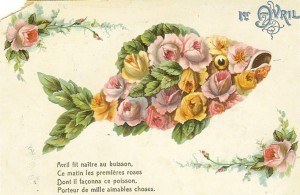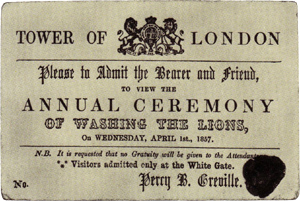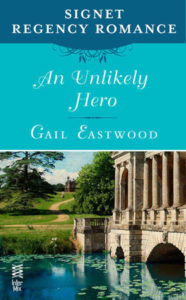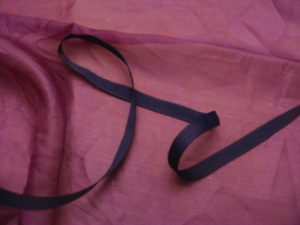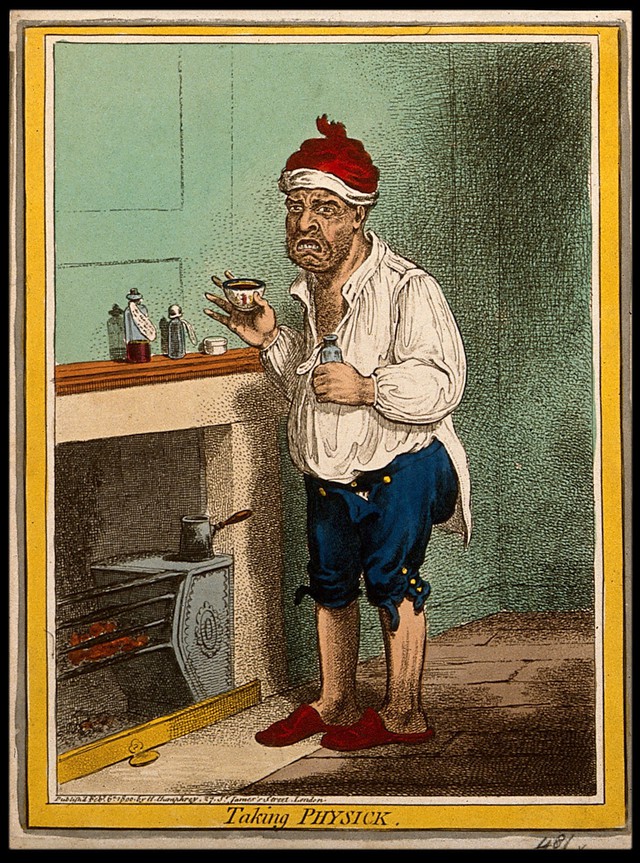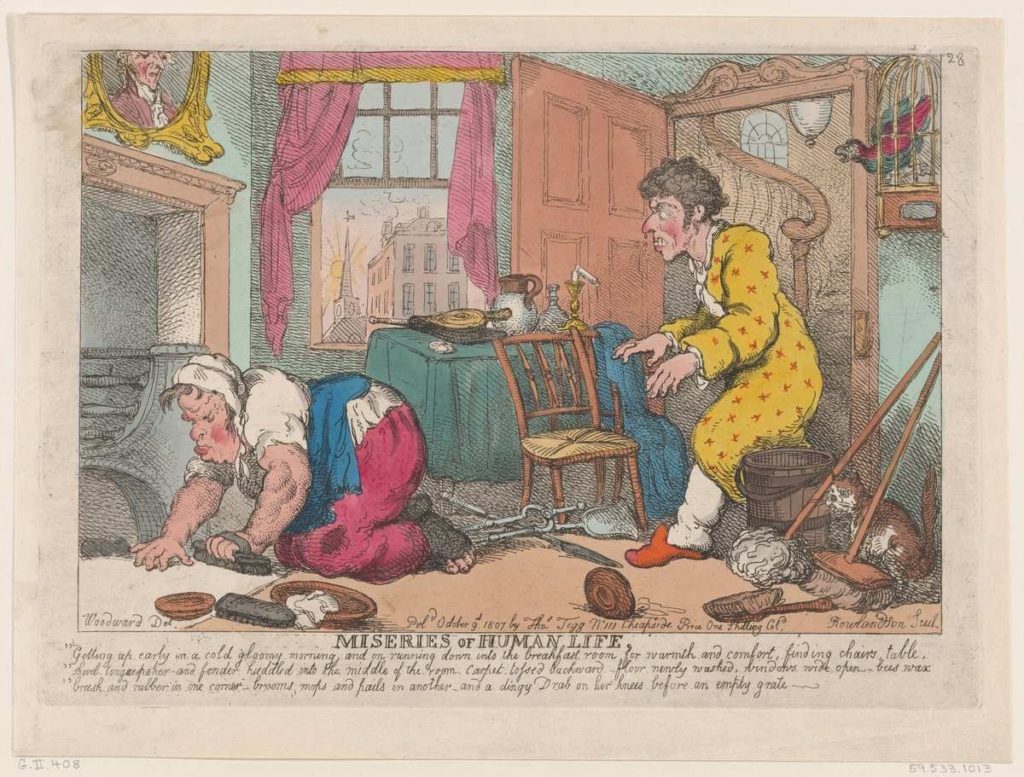Here we are at the end of Women’s History Month. The response to my request for suggestions of “real Regency heroines” has been outstanding, and I have to say almost none of these following admirable women were on Wikipedia’s list of 53 “Women of the Regency”, although nearly all do have write-ups there. I wonder what criteria they were using for that list?? Anyway, many, many thanks to everyone who contributed. I am actually going to award several free ebooks because so many people participated (I will post that separately next week after all have been awarded and accepted.)
I want to offer special thanks to author Judith Laik, who generously sent me her notes from a past talk on women scientists of our period. The first 20 women below were contributed by various people (and sometimes multiple people), in the comments here at Riskies or to me via Facebook or email. The last 10 are from Judith’s talk, the entries shortened by me. How many of these women were already familiar to you? I purposely left out some of the most famous Regency heroines, and I am the first to say this list is hardly complete. I take full responsibility for the editing of the summaries. I hope you enjoy reading through it!
1. Mary Anning (1799-1849) English
fossil collector and paleontologist who became known around the world for her
important finds in the cliffs along the English Channel
at Lyme Regis. Her discovery of fossilized dinosaur skeletons contributed to
important changes in scientific thinking about prehistoric life and the history
of the Earth.
2. Anna Atkins
(1799–1871) –botanist and
photographer. Often considered the first to publish a book illustrated with
photographic images. After receiving an unusually scientific education (for a
woman), she pursued botany and illustrated her father’s book on shells. After marriage,
she continued her scientific interests, and learned about early forms of
chemical photography developed by friends of her father and her husband,
William Henry Fox Talbot and Sir John Herschel (Caroline Herschel’s nephew).
Anna proved Herschel’s cyanotype process to be of practical use by illustrating
the first installment of Photographs of British Algae: Cyanotype Impressions
with it in October of the same year he invented it (1842).
3. Dr James Barry (Margaret Ann Bulkley) (c. 1789–1865) Born in Ireland as
Margaret Ann Bulkley and known as female in childhood, for multiple reasons Barry
adopted the identity of a man to be accepted as a university student and pursue
a career as a surgeon. Over the course of a long military career Barry achieved
the rank of Inspector General (equivalent to Brigadier General) in charge of military
hospitals, the second highest medical office in the British Army. Barry not
only improved conditions for wounded soldiers, but also the conditions for
native inhabitants, and performed the first caesarean section in Africa in which both the mother and child survived. (He
had hoped to keep his gender secret to the grave, but his wishes were thwarted when
he died. He wouldn’t have wanted to be on this list.)
4. Sophie Blanchard (1778-1819)-
Napoleon’s official balloonist and aerial advisor, she was the first woman to
pilot her own balloon and the first to make ballooning her career. She began as
the wife of Jean-Pierre Blanchard, the world’s first professional balloonist,
and continued after he died (in a balloon accident) just five years after she
started. She became extremely famous throughout Europe and often performed in Italy. She
performed 67 balloon ascents before she was killed in a balloon accident at the
age of 41.
5. Etheldred Benett (1776-1845)-one
of the first female geologists in Britain. Her collection of
Wiltshire fossils was extensive, and she was respected by many in the field.
Since she had her own money, she even published her own monograph. Her
wonderful name could be confusing to some and led to the unexpected: She was
awarded membership in the Natural History Society of Moscow, and Tsar Nicholas
I granted her an honorary doctorate. They did not realize she was a woman.
6. Eleanor Coade (both mother and
daughter with the same name) – operated a highly successful ceramic (artificial
stone) factory in Lambeth, either inventing or at least improving the material
itself, and supplying vast quantities of building materials, reproduction
statues, decoration, etc in the late 18th and early 19th centuries. Their
secret formula for “Coadestone” was lost, sadly, since the material has held up
extremely well over the centuries and never has been replicated.
7. Mrs Coutts –(1777-1837) “Lady Jersey and Mrs. Coutts owned shares in banks
and were active in the management of them. Coutts was a philanthropist as was
her heir, her step grand-daughter Angela, Lady Burdett -Coutts. They gave the
lie to the opinion that women couldn’t handle money.” (description by Nancy
Mayer) Mrs Coutts was Harriet Mellon, a stage actress who married Thomas
Coutts, a very successful Scottish-born banker, after his wife died. He was
older and left her a very wealthy woman when he died. She managed her affairs
(apparently of all kinds) extremely well, and later married again, to the 9th
Duke of St. Albans, having gone from “a poor little player child” (her words)
to a Duchess at the pinnacle of society. She wanted Sir Walter Scott to write
her life’s story.
8. Caroline Herschel (1750-1848)–a
significant German-born astronomer who discovered several comets and worked
with her better-known older brother (astronomer Friedrich Wilhelm Herschel) and
kept his house. She was the first woman to be awarded a Gold Medal of the Royal
Astronomical Society (1828), and to be named an Honorary Member of the Royal
Astronomical Society (1835, with Mary Somerville) among other honors. She was also
the first woman in England
honored with a paid government position, and the first woman to be paid for her
work in astronomy.
9. Hannah Humphrey (c. 1745-1818)– While not the only London
woman printer, she was the most successful of them. After getting started with
her brother, she ran her print business on St. James’s Street and published
such notables as Gilray, Rowlandson, and James Sayer, providing an important
outlet for their social and political caricatures. Gilray boarded with her for
much of his career, and she tended to him during the last years of his life.
10. Ellen Hutchins –(1785-1815)-First
female Irish botantist. She
contributed hundreds of specimens and drawings to the study of plants. She was
well regarded during her short life (died at age 30) and has quite a few plants
named after her, all native to the areas of Ireland where she lived. Her legacy
can be seen in major museum collections and is celebrated at the Ellen Hutchins
Festival (annual event since 2015).
11. Mary Linwood -(1755–1845)-Another
spinster who achieved great success, Mary was an educator who ran a school
(started by her mother) for 50 years, but her great fame came from her art. By
the time she was 20 she had raised needlework to the level of fine art,
specializing in full sized copies of great masters and famous paintings
rendered in worsted wool. The 100 such pictures she produced were exhibited in
many major cities and even Russia.
Queen Charlotte had her to Windsor,
and she also met many other European heads of state, including Napoleon, whose
portrait she did from life. Her exhibition in Leicester Square, London,
was the first art show to be illuminated by gaslight. Embroidery historians
credit her for inspiring the practice of needlepoint. Her niece, also Mary Linwood,
was a composer and author.
12. Ada Byron Lovelace (Augusta Ada
King, Countess of Lovelace, and daughter of Lord Byron) -(1815-1852) Writer and mathematician. Her notations in research on
Charles Babbage’s proposed “analytical engine” make her the first computer
programmer, presenting the first algorithm intended to be processed by a
machine (1843). Although the engine was never built, Ada saw the potential for much more than mere
calculation of numbers.
13. Jane Marcet –(1769-1858). Early
science popularizer for young readers, women, and working people. Among other
works, her Conversations on Chemistry (1806, 1811) ran to sixteen editions,
introducing Michael Faraday (1791-1867) to the topic. (He later became one of
the world’s most famous electrochemists.)
14. Hannah More –(1745-1833)
Educator, playwright, religious writer, poet, social activist and
philanthropist, blue-stocking (is that all?). Hard to sum up in a few
sentences, because she did so much. Numerous schools owe their existence to
her, and her anti-slavery writings were passionate, but her ultra conservative
views in later life have tarnished her reputation.
15. Mrs Mountain –Another (probably
a widow) who proved women could succeed in business: she owned the Saracen’s
Head, Snow Hill, in Holborn with a coachbuilder’s shop on the premises, owned
the Louth Mail (ie, had the contract for that route), and owned partnerships in
several stage coaches.
16. Mary
Reibey née Molly Haydock (1777–1855) Deported to Australia
at age 15 (for horse-theft after she ran away from working in service), she married
at age 17 and took over her husband’s business holdings when widowed at age 34.
As an Australian merchant, ship owner and trader, she was viewed as a role
model of success and became legendary as a successful businesswoman in the
colony. (Australian 20-dollar notes carry her picture.)
17. Duchess of Richmond
–for her courage in hosting a ball in the teeth of war on the night
before Waterloo
18. Mary Fairfax Somerville -1780-1872. Scottish science writer
and mathematician, she shared
with Caroline Hershel the achievement of being the first female members of the
Royal Astronomical Society. Mary’s strength was more in mathematics and
algebra, but she branched out into other areas where she wrote books on
chemistry, magnetism, physics and math that were used as textbooks for almost a
century. She also translated the seminal French astronomical book, The
Mechanisms of the Heavens by LaPlace. She also
started schools for girls and children of the middle and lower classes in Britain. She
also tutored Byron’s daughter Augusta
(1815-52) in mathematics, so perhaps we could say she was the “grandmother” of
modern computers.
19. Hester Stanhope –“who set out for adventures in the Middle East,
after her uncle, William Pitt the Younger, died. She kept house for him while
he was prime minister, then flung respectability to the far winds and set out
for pastures new. Or rather, deserts new” (love this description by Lynne
Connolly).
20. Ann & Jane Taylor –Literary sisters. Both
women wrote poetry for children as well as stories and novels, essays, and
plays. Ann’s son wrote in her biography, “Two little poems – ‘My Mother,’
and ‘Twinkle, twinkle, little Star’ – are perhaps, more frequently quoted than
any; the first, a lyric of life, was by Ann, the second, of nature, by Jane;
and they illustrate this difference between the sisters.”
Added from Judith Laik’s talk on “Regency Women
Scientists”
21. Sarah Kirby Trimmer –(1741-1810). Philanthropist, early children’s writer
and popularizer of science. She and her husband had twelve children, raised ten
of them to adulthood. She founded several Sunday schools and charity schools,
and wrote textbooks and manuals for other women who wished to establish
schools. She wrote in a wide range of genres: textbooks, teaching manuals,
children’s literature, political pamphlets and critical periodicals.
22. Sarah
Bowditch Lee –(1791-1856)
Illustrator & writer, she began as illustrator for her husband on a
scientific expedition, during which he died. She finished the work, followed it
with one entirely her own (Fresh Water
Fishes of Great Britain,
Drawn and Described by Mrs. T. Edward Bowdich,1828). She went on to write
fiction, a biography of the geologist Baron Cuvier, and a book on taxidermy, supporting
herself and her family by her illustration and writing.
23. Mary Moreland Buckland (1797-1857). Talented illustrator and collector of fossils. Her husband, William
Buckland (1784-1856) was an English geologist, paleontologist and Dean of Westminster, who wrote the
first full account of a fossil dinosaur, which he named Megalosaurus. Married in
1825, they visited noted geologists and geological sites on their honeymoon.
She assisted in his work, in between giving birth to nine children, of whom
five survived to adulthood. Mary helped her husband prove that footprints found
in a slab of sandstone were of a tortoise by covering the kitchen table with
paste while he brought in their pet tortoise to cast and compare its
footprints.
24. Margaret Bryan — Educator and popularizer of science. She published three
standard scientific textbooks during the final years of the eighteenth century
and the early nineteenth. Her first book, A
Compendious System of Astronomy, dedicated to the pupils at her school,
was published in 1797. The last of her three books, A Comprehensive Astronomical and Geographical Class Book for the use
of Schools and Private Families, was published in 1815.
25. Elizabeth Gould (1804-41). One of the outstanding bird illustrators
of her time, Elizabeth
accompanied her husband, John Gould (1804-81), on expeditions to gather
information for their series of books. The Gould Bird books were respected
reference materials for ornithologists and amateurs. Gould had to leave several
of her eight children behind while she traveled to Australia to illustrate what would
become the seven-volume Birds of
Australia (1840-48). She also, ahead of her time, was interested in the ecology
of the Australian bush, noting the intimate interconnection between birds and
plants. Sadly she died before the series was completed.
26. Elizabeth Twining (1805-89). Elizabeth Twining, of the tea-growing family, was a
botanical illustrator. Self-taught, when young she studied The Botanical Magazine to learn about plants. She visited botanical
gardens to study living specimens. In 1849 she published the first volume of her
popular Illustrations of the Natural
Order of Plants with Groups and Descriptions, the second volume in 1855. She
also wrote Ten Years in a Ragged School and Readings for Mothers
Meetings. Twining was also a philanthropist. She restored almshouses,
established a hospital for the poor, and a home for destitute girls.
27. Anne
Pratt (1806-93). Another nature
illustrator and writer. As a child, Anne Pratt studied every kind of plant. In 1828
she began to write, illustrate, and publish nearly twenty books about native
British flowers, fields, woodlands, sedges, ferns, and sea plants, including Flowering Plants and Ferns of Great Britain,
a five-volume text first published in 1855 and covering every order of British
plants. Her most popular volume was Wild
Flowers (1852-53), a work illustrated in block prints and intended for
children.
28. Jane
Webb Loudon (1807-58). Botanist
and novelist. Her career began with The
Mummy, A Tale of the Twenty-Second Century in 1827. John Claudius Loudon
(1783-1843), a well-known landscape gardener and horticultural writer, read her
book, arranged to meet her and married her. Jane became his companion and
secretary, learned and shared in his business. She collaborated with him on a
gardening encyclopedia, and wrote books on botany and gardening published in
the 1840’s which sold extremely well. She also founded and edited a weekly, The Ladies’ Companion at Home and Abroad.
She was able to support herself and her daughter with her work after her
husband died, contributing to the movement in science popularization and
children’s literature.
29. Mary Horner Lyell (1808-1873). Familiar with science first
through her father (geologist Leonard Horner) and then through assisting her
husband (Sir Charles Lyell, 1797-1875), Mary became an accomplished British geologist and
conchologist. She accompanied her husband whenever possible as he traveled extensively
in Europe and North America. Her husband’s book Principles of Geology was considered
essential to Darwin
in the development of his evolutionary theory.
30. Margaret Gatty (1809-73). Writer of educational science books for children and student of marine algae. She intensively researched the subject for fourteen years before publishing her British Sea-weeds (1863). She also authored Parables from Nature (various editions 1855-71), one of the most popular children’s books of the Victorian period. She also founded a children’s magazine, Aunt Judy’s Magazine, named for her daughter, Juliana Horatia Ewing.

